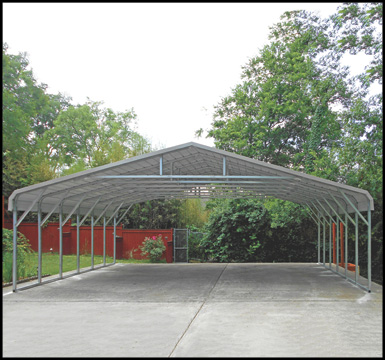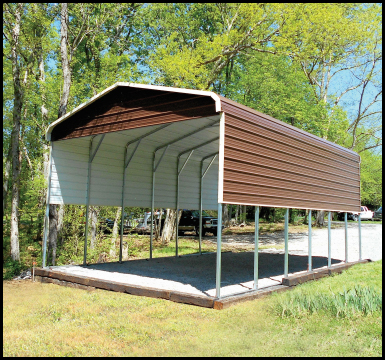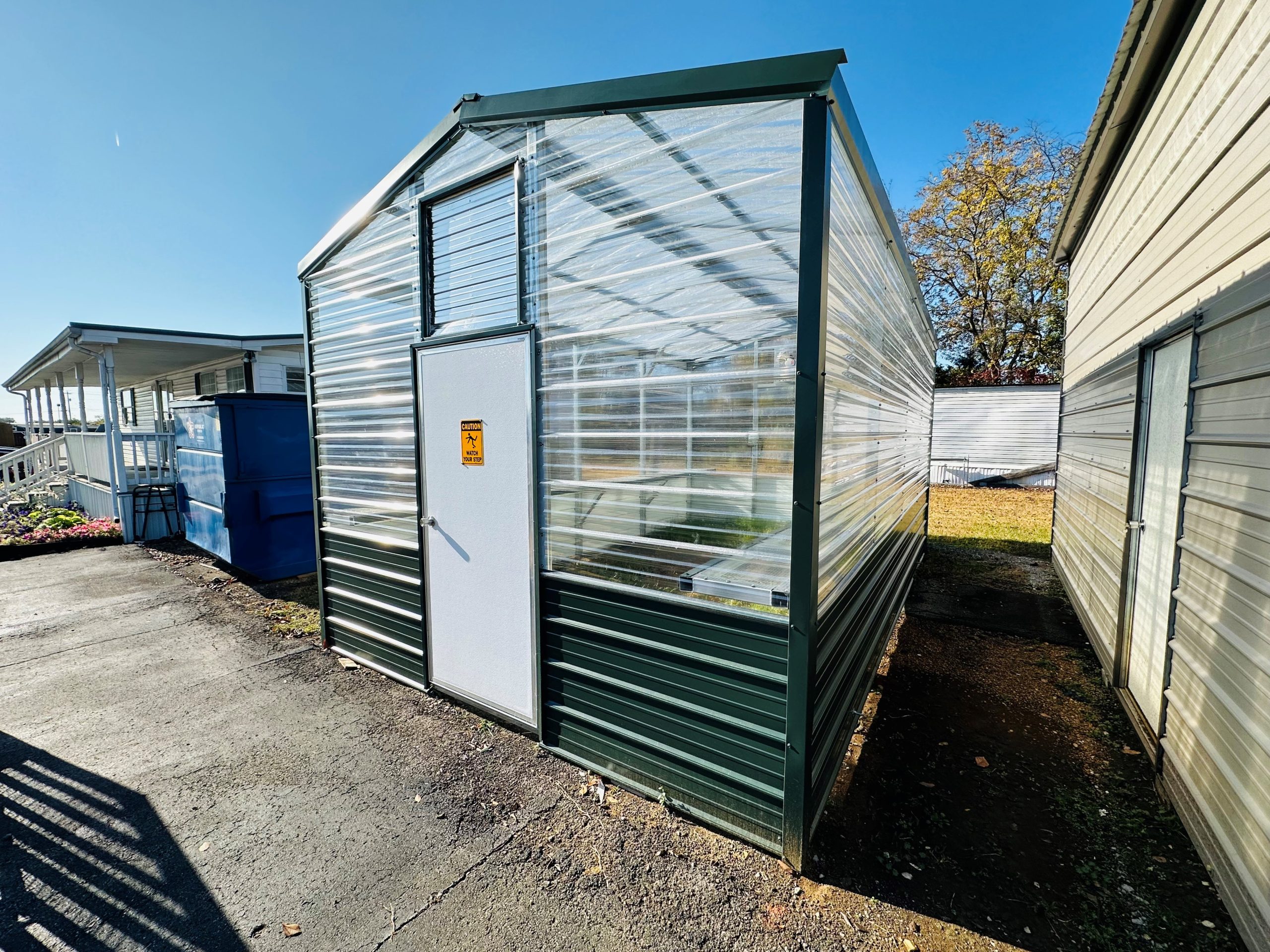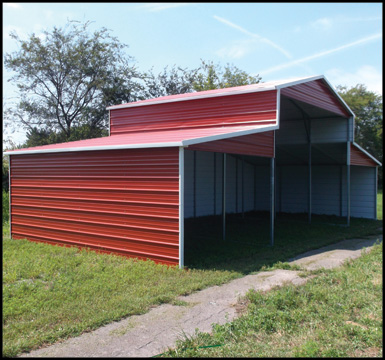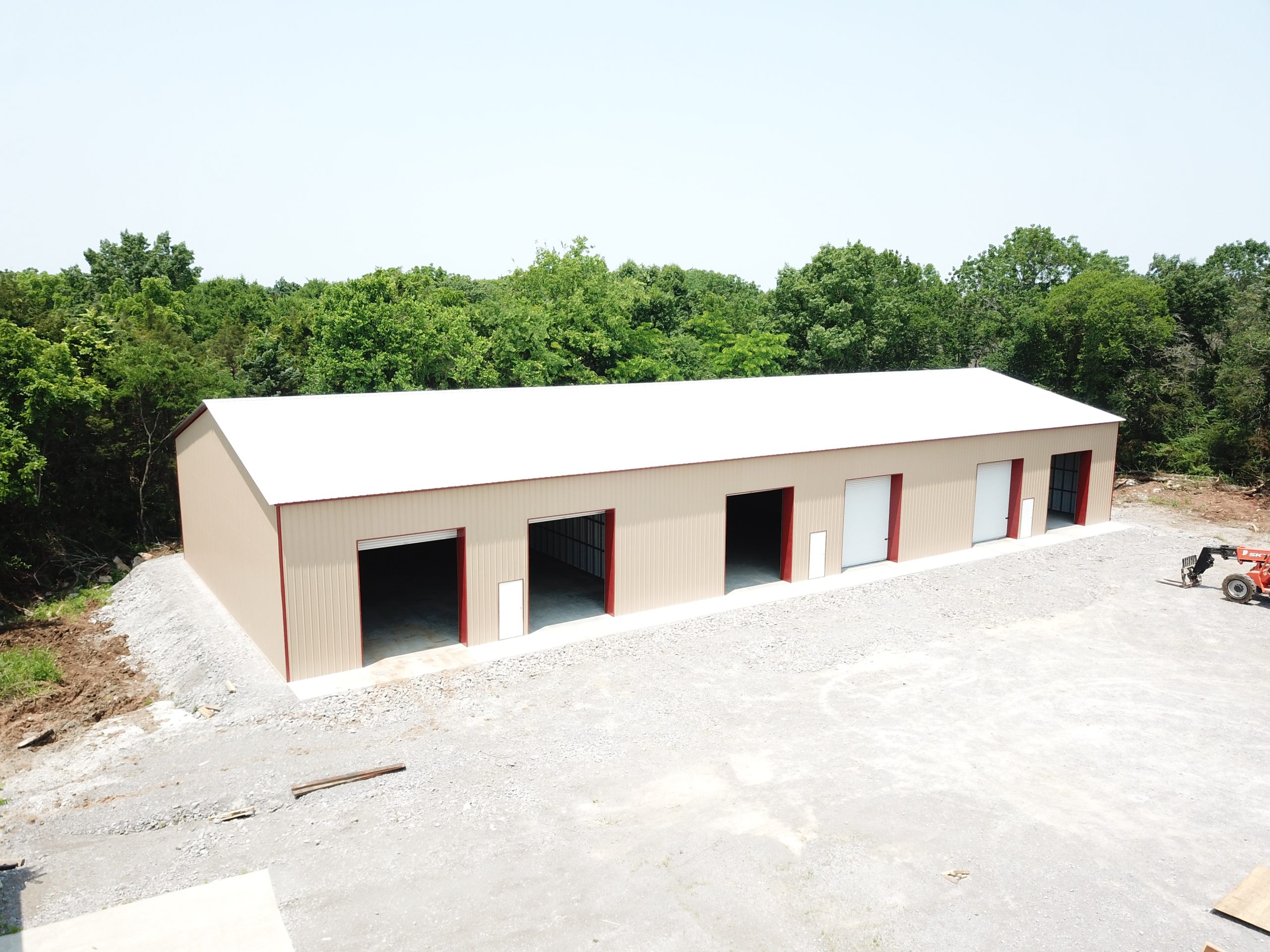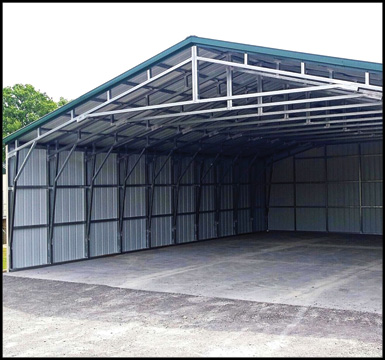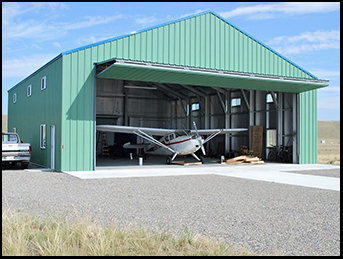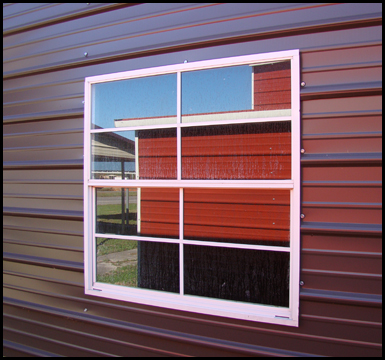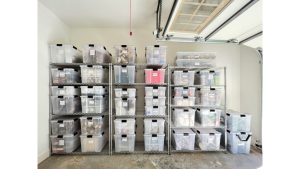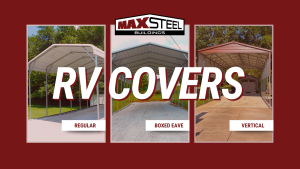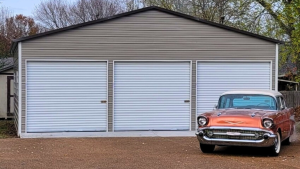Check barn doors, barn windows, and other areas for large drafts. Cover holes that would allow in too much cold air. Eliminate drafty areas, but leave spaces for fresh air to circulate. Good ventilation is critical. A barn that is “too tight” prevents any airflow from circulating and can lead to respiratory ailments.
Check all barn doors and windows to make sure they close properly. Replace anything that’s broken from windows to door latches. Just as important is to make sure that the door tracks are cleaned out. You will want ample clearance to allow for snow, ice, and even for the expansion of frozen ground. Look for drafty areas and take steps to mitigate cold, windy drafts that might affect horses.
Clean out the cobwebs. Cobwebs can be a fire hazard when they cover lights and electrical outlets. When covering windows they also reduce the amount of natural light that comes into a barn during the winter. Update your lighting. This means replacing burned out bulbs and possibly adding lighting to areas that get even darker during the winter like entryways, and wash racks and grooming areas.
For general lighting you may want to change traditional light bulbs out for ones that use less energy. Solar sensor nightlights work great for wash rooms and other areas that could use some continual lighting throughout the day and night.
Inspect light bulbs and electrical systems. Shorter days begin long before the cold weather sets in. Replace blown light bulbs and hire an electrician to make any necessary repairs to damaged wiring. A well-lit barn is easier to work in and is safer for horses, horse owners, and visitors.
Store battery-powered flashlights or lanterns in easily accessible locations. When winter storms interrupt the power supply, finding the way around a dark barn is challenging.
If the flashlight or lantern was used last year, check the batteries to be sure the light is ready to use.
Tip #2 – Maintain a drinkable water supply for your horses
Horses are more likely to get behind on water consumption if the water is cold, and especially if there is ice in it. Keeping water ice-free, either by removing ice regularly or using heated buckets or other heating devices is key to ensuring an accessible water supply for your horses.
Check all of your water tank and pail heaters. Make sure they are working properly and that the electrical cords and plugs are in good shape. Use a unit specifically made for the size and shape of the tank. An improperly fitting heater may rest against tank walls and could melt a hole through the side or bottom of the tank. Check the water level daily to ensure the heater is submerged and working properly.
Basketballs or soccer balls left floating on the water’s surface can be enough to keep water from freezing in regions that do not experience hard freezes.
Store any unused water tanks indoors, or inside of a horse trailer. If storage is not possible, at least turn them upside down
As most horse owners know, horses will more readily drink warm water when the weather is cold, and warm water is especially good for horses following exercise. Another way to make sure horse’s are getting enough water is to soak the horse’s feed or offer warm soaked bran mashes or beet pulp to sneak plenty of water into his diet. Of course, offering an ample supply of salt/minerals will also stimulate a horse to drink.
Consider investing in a generator. In the event of a power outage, barns relying on wells will not have water. Depending on the distance between the barn and the next available water supply it could be too far to transport water daily.
Know how to turn off the water supply to the barn. In the event that a pipe bursts, it is important to know how to shut off the main flow of water to avoid flooding.
During winter weather, efficient barn ventilation should get rid of excess moisture, respiratory disease organisms, dust and waste gases. Obviously, when the air outside is cold and saturated with moisture it is difficult to keep a good atmosphere in the barn.
It is important to get fresh air to the horse and eliminate stale air before it accumulates. Good ventilation is, ideally, designed into the original barn plans and takes advantage of wind, air currents, and thermal buoyancy.
Natural ventilation uses openings located along the side walls and the ridge and takes into consideration the topography and how the barn is situated in relationship to its surroundings.
According to veterinarians, horses are most comfortable in temperatures ranging from 45 to 75 degrees F (7 to 24 degrees C). Horses tolerate cold very well and adapt to cold breezes when housed outside. During winter, horse barns should be kept no more than 5 to 10 degrees F (3 to 6 degrees C) warmer than outside temperatures.
Tightly closing the barn by closing all windows, doors, and fresh-air inlets is a mistake when it comes to your horse’s health. If condensation can be seen on interior surfaces during cold weather, the barn does not have sufficient ventilation for good horse health.
As air heats it can carry more moisture so the greater the temperature difference between the inside and outside the better the air movement and exchange of moisture needs to be.
During the cold season, ventilation goals change from heat removal to controlling moisture, odor, ammonia, and pathogen viability. Having doors at each end of the barn that can be opened to provide maximum air circulation during cold months helps keep the barn filled with fresh air. For maximum efficiency, the airflow should include the stable area.
Checking the air quality near the floor in stalls is very important, especially for the well-being of foals or when horses eat at floor level. Dust, bedding, manure, and urine can create stuffy conditions at ground level even before they become noticeable to someone walking through the area.
Tip # 4 – Be proactive on your horse’s feed supply
Winter horse care demands more organization to maintain sufficient nutrition as temperatures drop. As the weather turns cold, many horses are ridden less and less. Lower temperatures, wind and wet conditions cause a tremendous demand on the horse’s body for heat production.
These factors can cause the horse to lose weight and body condition depending on the severity and duration of the cold season and the amount of energy the horse receives from its feed.
Plan ahead. Stock up on feed and supplements. When inclement weather sets in, a trip to the feed store or hay supplier could be treacherous. Stock up on staples. This means bedding, hay, grain, and anything else that you use on a regular basis.
Horse owners in regions that experience regular storms may want to keep a two, three, or even four week supply on hand. Listen to weather forecasts regularly for alerts about upcoming storms. If severe weather is predicted, purchase needed supplies before bad the weather arrives.
Prepare for rodents and pests. Rodents seek shelter from harsh weather conditions. Grain, hay, and horse supplements attract pests, especially in the winter. Purchase rodent-proof storage containers for feed and supplements and consider a pest control plan. Bait and traps should be used carefully, especially when cats also live in the barn.
Tip #5 – Plan ahead to keep your equine comfortable
Taking the time to plan ahead before the winter weather arrives will save horse owners time and frustration. It is also important to remember that horse owners often think a horse is cold just because they themselves are cold. Horses that grow a winter coat have natural protection from the elements.
Wind and wet weather can penetrate a horse’s thick coat, so a run-in or shelter is helpful. If the horse is blanketed, a clean, dry spare blanket should be on-hand to replace a wet, dirty, or damaged one. A good rule of thumb is that if a horse’s ears are cold, the horse is cold.
Blanket sensibly. When it’s snowing outside and you’re inside enjoying a warm dinner by the fire, it’s hard not to feel sorry for your horse. To ease the guilt, you may be tempted to rush out and pile yet another blanket on him, but stop and think twice before adding another blanket.
A horse with a full or partial body clip does need blanketing during winter, regardless of whether he’s kept indoors or out. But a horse with his natural winter coat probably doesn’t need blanketing as long as he has shelter from the elements, is receiving proper nutrition and is in good health.
Over blanketing a horse can cause him to overheat, which can lead to dehydration and a host of health problems. If you are concerned about your horse’s comfort during winter, talk to your veterinarian about it.
To keep horses comfortable at night time and while resting, bed stalls deeper than normal. Additional bedding material insulates floors, keeping the floors and overall temperature of the barn warmer.

